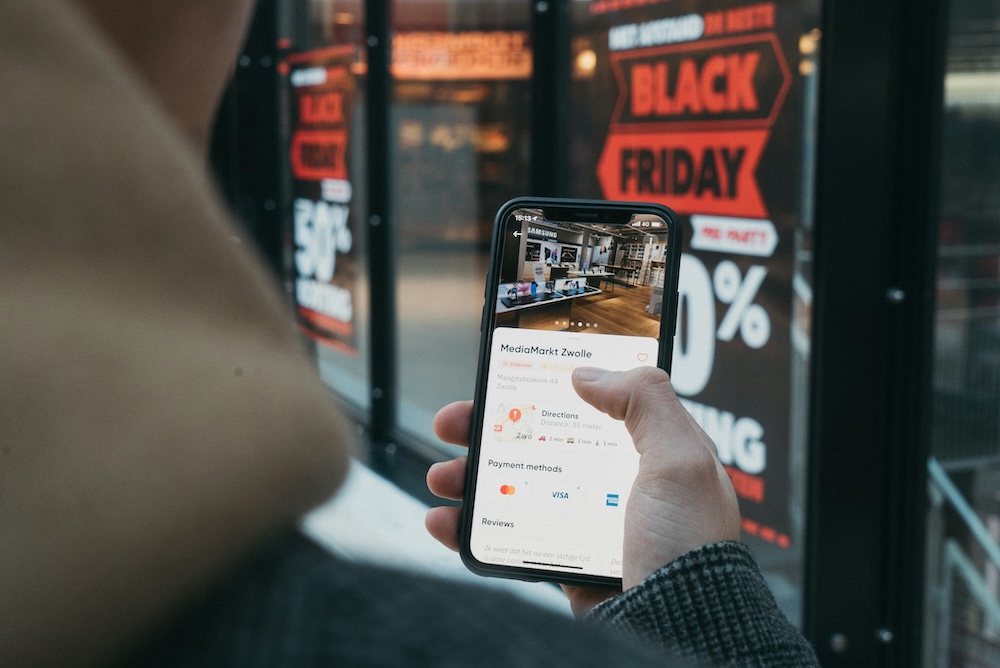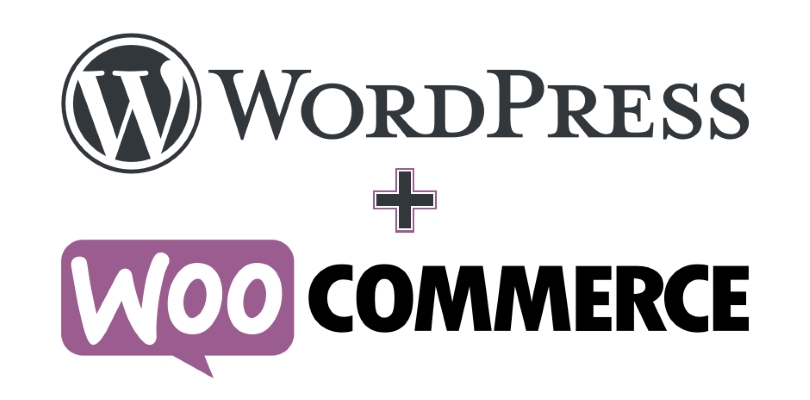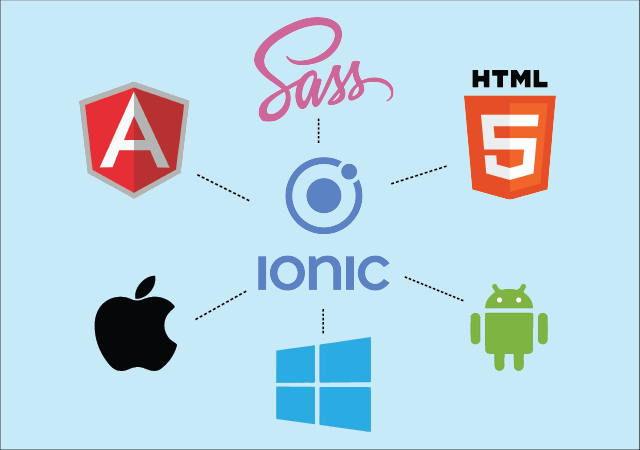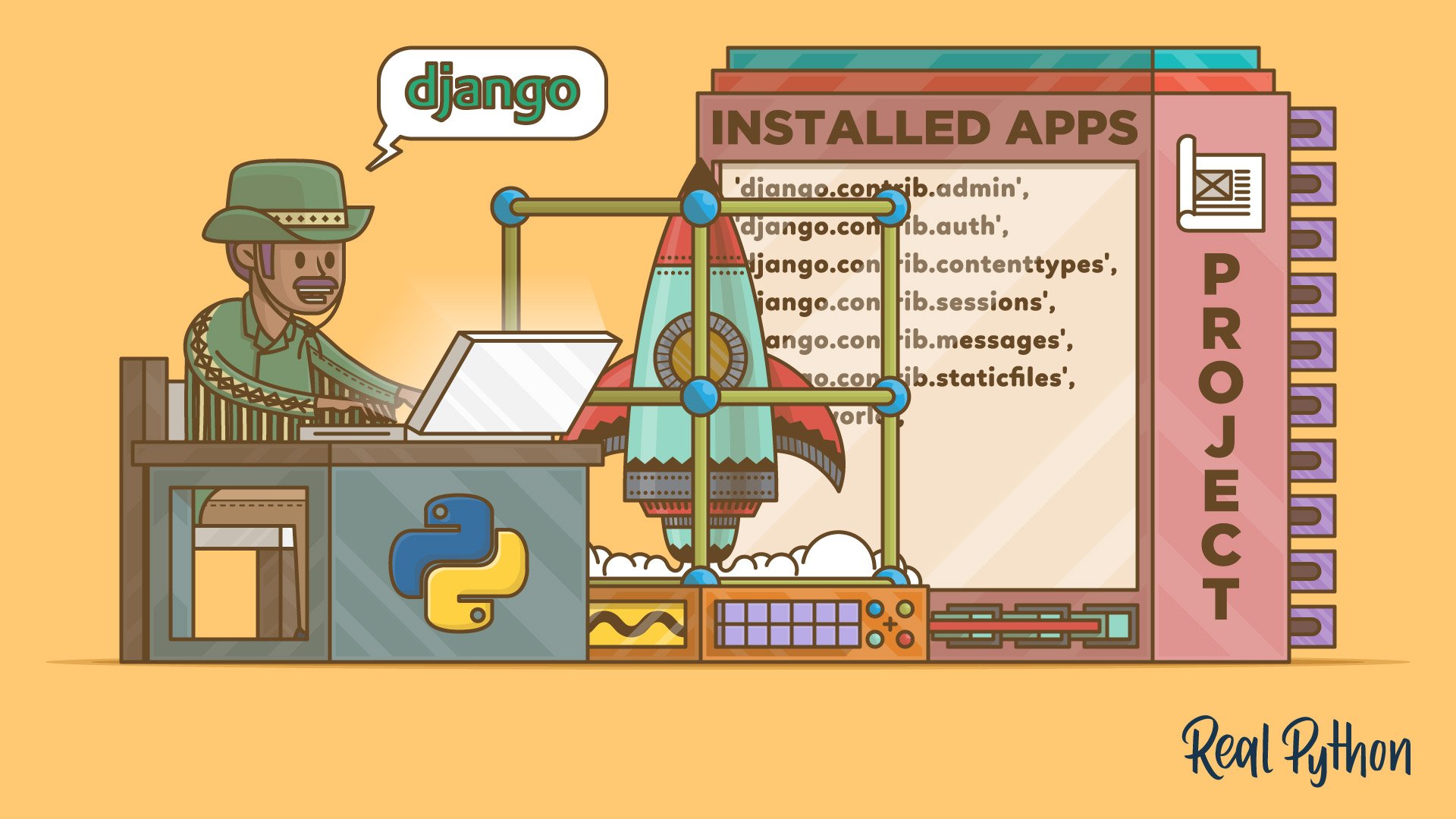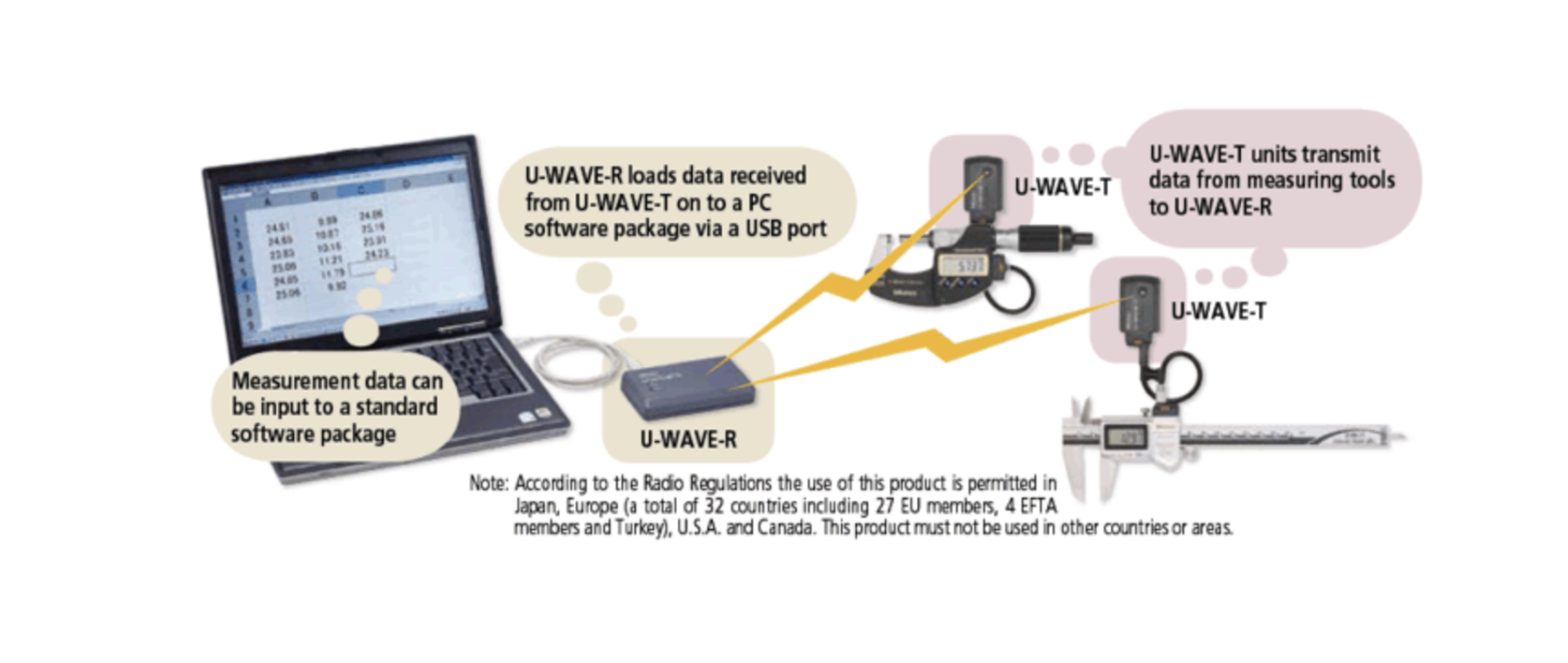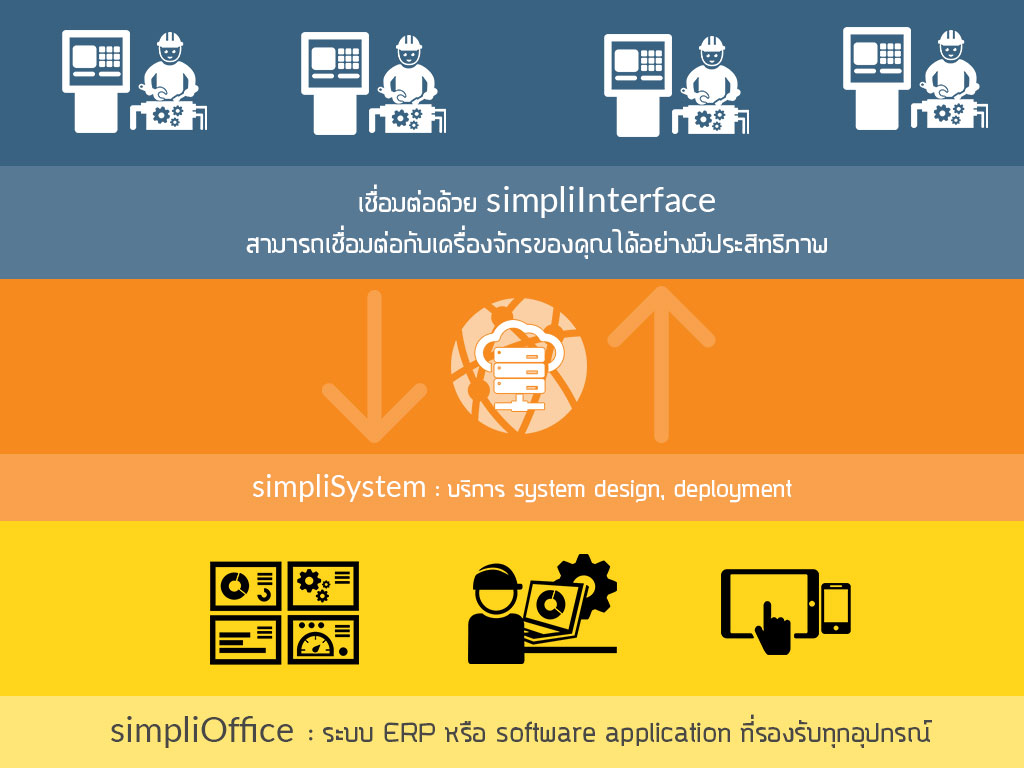The Ultimate Guide to Developing an E-Commerce Platform
Creating an e-commerce platform is an exciting venture that can lead to significant rewards. Whether you’re an entrepreneur, a developer, or a business visionary, building an e-commerce system requires strategic planning, the right tools, and a focus on user experience. In this blog post, we’ll walk you through the essentials of developing a powerful e-commerce platform that scales with your ambitions, complete with sample backend code snippets to inspire your development process.
Step 1: Define Your Goals and Target Audience
Before diving into development, it’s crucial to understand:
- Who Your Audience Is: Are you targeting businesses, individual customers, or niche markets?
- Your Unique Value Proposition: What sets your platform apart from competitors?
- Scalability Requirements: Will your platform handle high traffic or expand into multiple markets?
A clear vision will guide your development process and ensure you meet user needs.
Step 2: Choose the Right Technology Stack
The technology you choose will impact the performance, scalability, and security of your platform. Popular options include:
- Frontend Frameworks: React, Angular, or Vue.js for a responsive and interactive user interface.
- Backend Technologies: Django, Node.js, Ruby on Rails, or Laravel for efficient server-side logic.
- Databases: MySQL, PostgreSQL, or MongoDB for reliable data storage and retrieval.
- Payment Gateways: Stripe, PayPal, or Razorpay for secure and seamless transactions.
Here’s an example of a Django model for managing products:
from django.db import models
class Product(models.Model):
name = models.CharField(max_length=255)
description = models.TextField()
price = models.DecimalField(max_digits=10, decimal_places=2)
stock = models.PositiveIntegerField()
created_at = models.DateTimeField(auto_now_add=True)
updated_at = models.DateTimeField(auto_now=True)
def __str__(self):
return self.nameStep 3: Key Features to Include
An effective e-commerce platform should offer the following:
1. Product Management
- Add, edit, and categorize products.
- Support for product variations (e.g., size, color).
- Inventory tracking to prevent stockouts.
Example: Adding a product variation model
class ProductVariation(models.Model):
product = models.ForeignKey(Product, on_delete=models.CASCADE, related_name='variations')
size = models.CharField(max_length=50, blank=True, null=True)
color = models.CharField(max_length=50, blank=True, null=True)
price = models.DecimalField(max_digits=10, decimal_places=2)
def __str__(self):
return f"{self.product.name} - {self.size}/{self.color}"2. User Management
- Secure user registration and login.
- Account dashboards for managing orders and preferences.
- Support for guest checkouts.
Example: User account model extension
from django.contrib.auth.models import AbstractUser
class CustomUser(AbstractUser):
phone_number = models.CharField(max_length=15, blank=True, null=True)
address = models.TextField(blank=True, null=True)3. Cart and Checkout
- Persistent shopping carts that remember items across sessions.
- Support for promo codes and discounts.
- Streamlined checkout process with multiple payment options.
Example: Simple cart implementation
class Cart(models.Model):
user = models.ForeignKey(CustomUser, on_delete=models.CASCADE, related_name='carts')
created_at = models.DateTimeField(auto_now_add=True)
class CartItem(models.Model):
cart = models.ForeignKey(Cart, on_delete=models.CASCADE, related_name='items')
product = models.ForeignKey(Product, on_delete=models.CASCADE)
quantity = models.PositiveIntegerField()
def get_total_price(self):
return self.product.price * self.quantity4. Order Management
- Real-time order tracking for customers.
- Admin tools for managing order statuses, refunds, and cancellations.
Example: Order model
class Order(models.Model):
user = models.ForeignKey(CustomUser, on_delete=models.CASCADE)
created_at = models.DateTimeField(auto_now_add=True)
updated_at = models.DateTimeField(auto_now=True)
status = models.CharField(max_length=50, choices=[
('pending', 'Pending'),
('shipped', 'Shipped'),
('delivered', 'Delivered'),
('canceled', 'Canceled')
])
def __str__(self):
return f"Order {self.id} - {self.status}"Step 4: Focus on User Experience (UX)
A user-friendly interface can make or break your platform. Prioritize:
- Responsive Design: Ensure your platform works seamlessly across devices.
- Fast Load Times: Optimize images and code to improve performance.
- Clear Navigation: Make it easy for users to find products and complete purchases.
- Accessibility: Follow WCAG guidelines to make your site usable for everyone.
Step 5: Test, Iterate, and Launch
Before going live, thoroughly test your platform to identify and fix issues:
- Functional Testing: Ensure all features work as intended.
- Performance Testing: Verify your platform handles high traffic without slowing down.
- Security Testing: Conduct penetration tests to identify vulnerabilities.
Gather feedback from beta users and make improvements. Once satisfied, launch with a strong marketing plan to attract your first customers.
Step 6: Maintain and Scale
Post-launch, your work isn’t done. To stay competitive:
- Monitor Performance: Use tools like Google Analytics or New Relic to track performance.
- Regular Updates: Add new features and improvements based on user feedback.
- Scale Infrastructure: Upgrade servers or use cloud-based solutions as your user base grows.
Final Thoughts
Building an e-commerce platform is a challenging but rewarding journey. By focusing on robust technology, user-friendly design, and continuous improvement, you can create a platform that stands out in the market. Whether you’re starting from scratch or upgrading an existing system, the key to success lies in understanding your users and adapting to their needs.
Ready to bring your e-commerce vision to life? Start planning today and turn your ideas into a thriving platform that drives growth and success.
Get in Touch with us
Related Posts
- Temporal × 本地大模型 × Robot Framework 面向中国企业的可靠业务自动化架构实践
- Building Reliable Office Automation with Temporal, Local LLMs, and Robot Framework
- RPA + AI: 为什么没有“智能”的自动化一定失败, 而没有“治理”的智能同样不可落地
- RPA + AI: Why Automation Fails Without Intelligence — and Intelligence Fails Without Control
- Simulating Border Conflict and Proxy War
- 先解决“检索与访问”问题 重塑高校图书馆战略价值的最快路径
- Fix Discovery & Access First: The Fastest Way to Restore the University Library’s Strategic Value
- 我们正在开发一个连接工厂与再生资源企业的废料交易平台
- We’re Building a Better Way for Factories and Recyclers to Trade Scrap
- 如何使用 Python 开发 MES(制造执行系统) —— 面向中国制造企业的实用指南
- How to Develop a Manufacturing Execution System (MES) with Python
- MES、ERP 与 SCADA 的区别与边界 —— 制造业系统角色与连接关系详解
- MES vs ERP vs SCADA: Roles and Boundaries Explained
- 为什么学习软件开发如此“痛苦” ——以及真正有效的解决方法
- Why Learning Software Development Feels So Painful — and How to Fix It
- 企业最终会选择哪种 AI:GPT 风格,还是 Gemini 风格?
- What Enterprises Will Choose: GPT-Style AI or Gemini-Style AI?
- GPT-5.2 在哪些真实业务场景中明显优于 GPT-5.1
- Top Real-World Use Cases Where GPT-5.2 Shines Over GPT-5.1
- ChatGPT 5.2 与 5.1 的区别 —— 用通俗类比来理解



